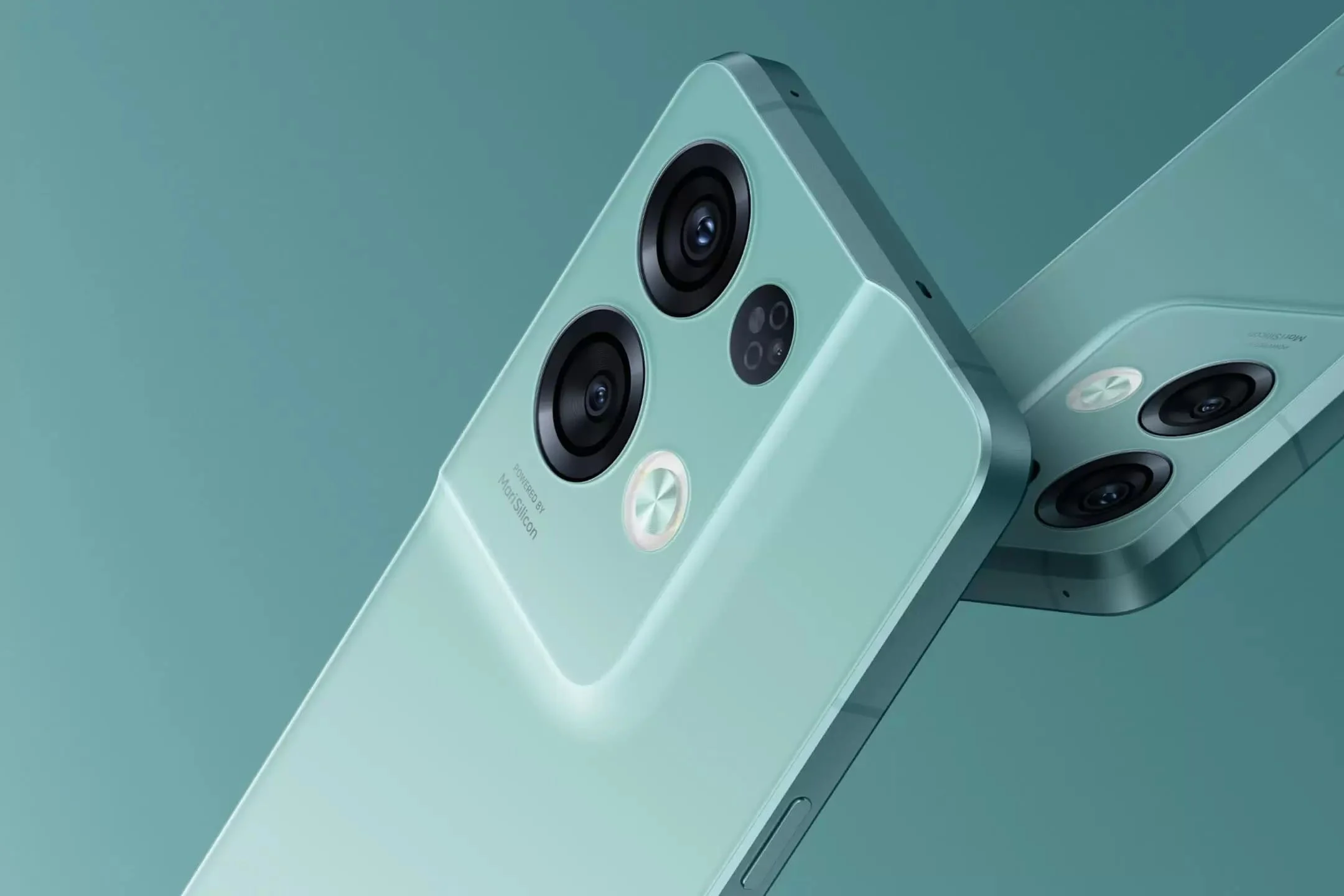The Oppo Reno 8T smartphone was released in February this year. On the other hand, its Pro version hit the market in July last year. While the design of both smartphone models is beautiful, there are downsides to the specifications. Today this issue will be discussed in detail.

The Oppo Reno 8T handset uses a 6.7-inch AMOLED panel screen. Qualcomm 695 5G chipset is used here. The smartphone uses 12 GB RAM and 256 GB internal storage.
Its primary camera is 108 megapixels, and the selfie camera is 32 megapixels. A 4800 MHz battery will power the smartphone. Along with this, there is a 67W fast charging feature. Oppo Reno 8T smartphone is priced at 340 Euros or 30 thousand rupees in Indian currency and 38 thousand in Bangladeshi currency.
One downside of the smartphone is the weak chipset used. Also, the low-quality graphics card is used here. Because the Adreno 619 graphics card is quite an old model. The USB 3.0 feature is missing here. The selfie camera is 32 megapixels, but the aperture could be lower. Also, Cornel Gorilla Glass protection is not used here. Despite the high price of the smartphone, many valuable features are missing.
The Oppo Reno 8T Pro handset uses a 6.7-inch AMOLED panel screen. Mediatek Dimensity 8100 chipset is used here. The smartphone is powered by 8GB RAM and 256GB internal storage.
It has a primary camera of 50 megapixels and a selfie camera of 32 megapixels. A 4500 MHz battery will power the smartphone. It also has an 80W fast charging feature. The Oppo Reno 8T smartphone is priced at 558 euros or 48 thousand rupees in Indian currency and 67 thousand in Bangladeshi currency.
You have to buy the smartphone at a higher price while using a weaker chipset like MediaTek. Avid buyers expected Qualcomm’s powerful processor at a low price. Moreover, the RAM of the standard version of the smartphone could have been 12 GB instead of 8 GB.
With the smartphone’s selfie camera, you can’t do videography while maintaining the quad resolution. USB 3.0 feature is not provided. At this price, providing a powerful battery of 5000 MHz or more would have been possible. The smartphone costs you a lot of money to buy but there are some notable features missing. the
